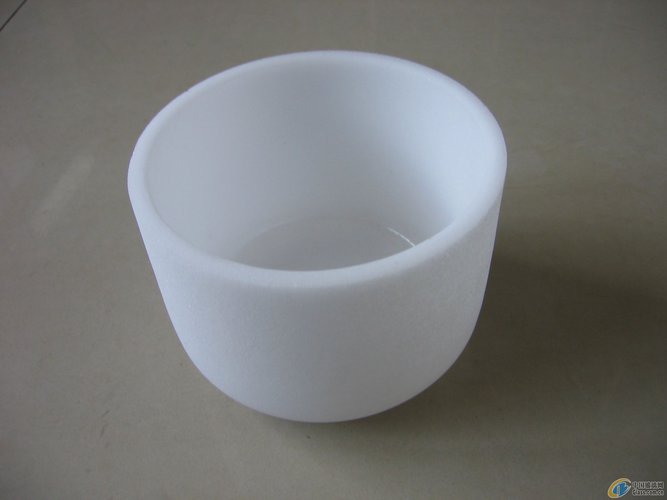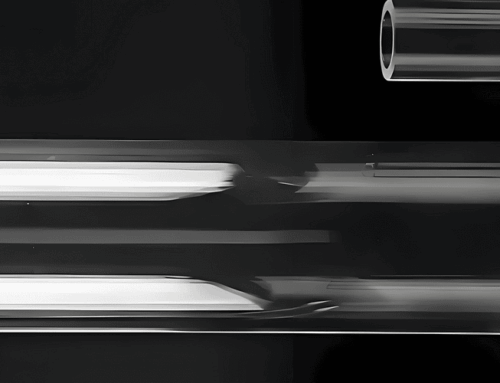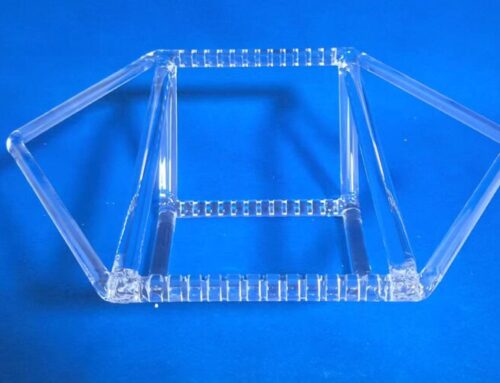When a quartz crucible is used at high temperatures, its performance will be reduced or damaged for a variety of reasons, so that it can’t be reused. Here are some of the main reasons:
- Crystallization:
The prolonged use of a quartz crucible at high temperatures will result in the emergence of crystallization. This phenomenon manifests as a gradual transformation of the crucible’s amorphous silica into crystalline cristobalite. The thickening of the crystallization layer will result in a reduction in the strength of the crucible, increasing its potential to fracture and limiting its reuse.
- Pollutionof impurities
Quartz crucible may be polluted by impurities during use, such as alkali metal ions (potassium, sodium, etc.) and other metal ions. The presence of these impurities can lead to a reduction in the temperature resistance of the quartz crucible, which may promote the formation of crystallization.
- Thermal shock damage
If a quartz crucible is suddenly cooled at high temperatures, it may crack due to the uneven thermal expansion, which is called thermal shock, and this phenomenon will seriously affect the integrity of the crucible.
- Bulging and deformation
Quartz crucibles may become bulged and deformed during use due to difficulty in expelling internal gases or uneven heating, which will reduce the mechanical strength of the crucible.
For the aforementioned reasons, the quartz crucible is typically considered a disposable consumable, to be discarded after use in the production of single crystalline silicon. A new quartz crucible must be acquired for subsequent production.
The applications of waste quartz crucibles
- Metallurgical field
In the metallurgical industry, waste quartz crucibles can be reused to make high temperature resistant vessels such as crucibles, sleeves and pots of various shapes and sizes.
- Fieldof building materials
In the field of building materials, waste quartz crucibles can be employed in the production of bricks, fire bricks, refractories and other building materials. Due to the high temperature resistance of the waste quartz crucible, those building materials exhibit high resistance to high temperatures and chemical stability.
- Ceramic field
In the field of ceramics, waste quartz crucibles can be employed in the production of ceramic billets and glazes. The high purity silica content of the waste quartz crucible enables an enhancement in the gloss and transparency of the ceramic glaze, thus improving its quality.





